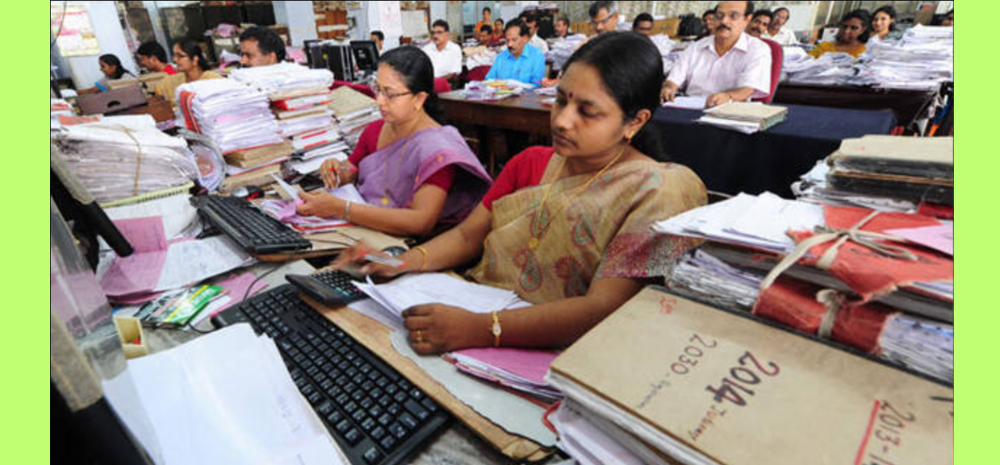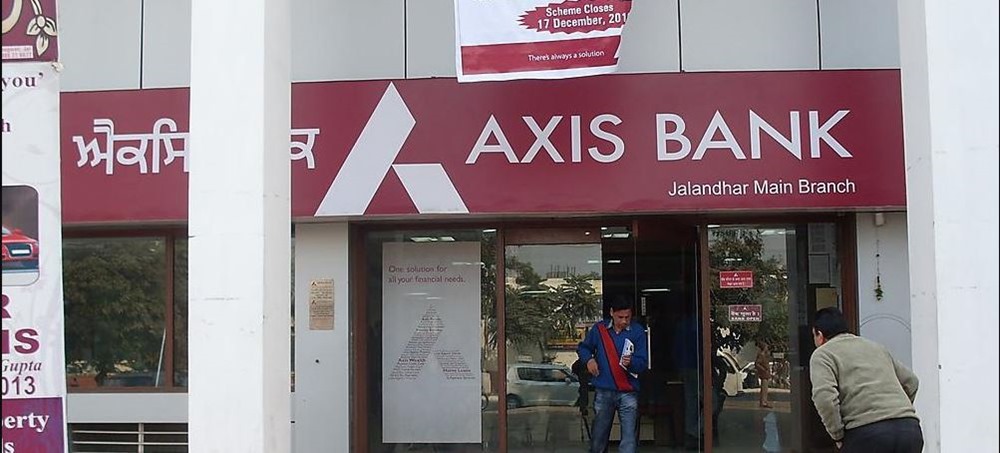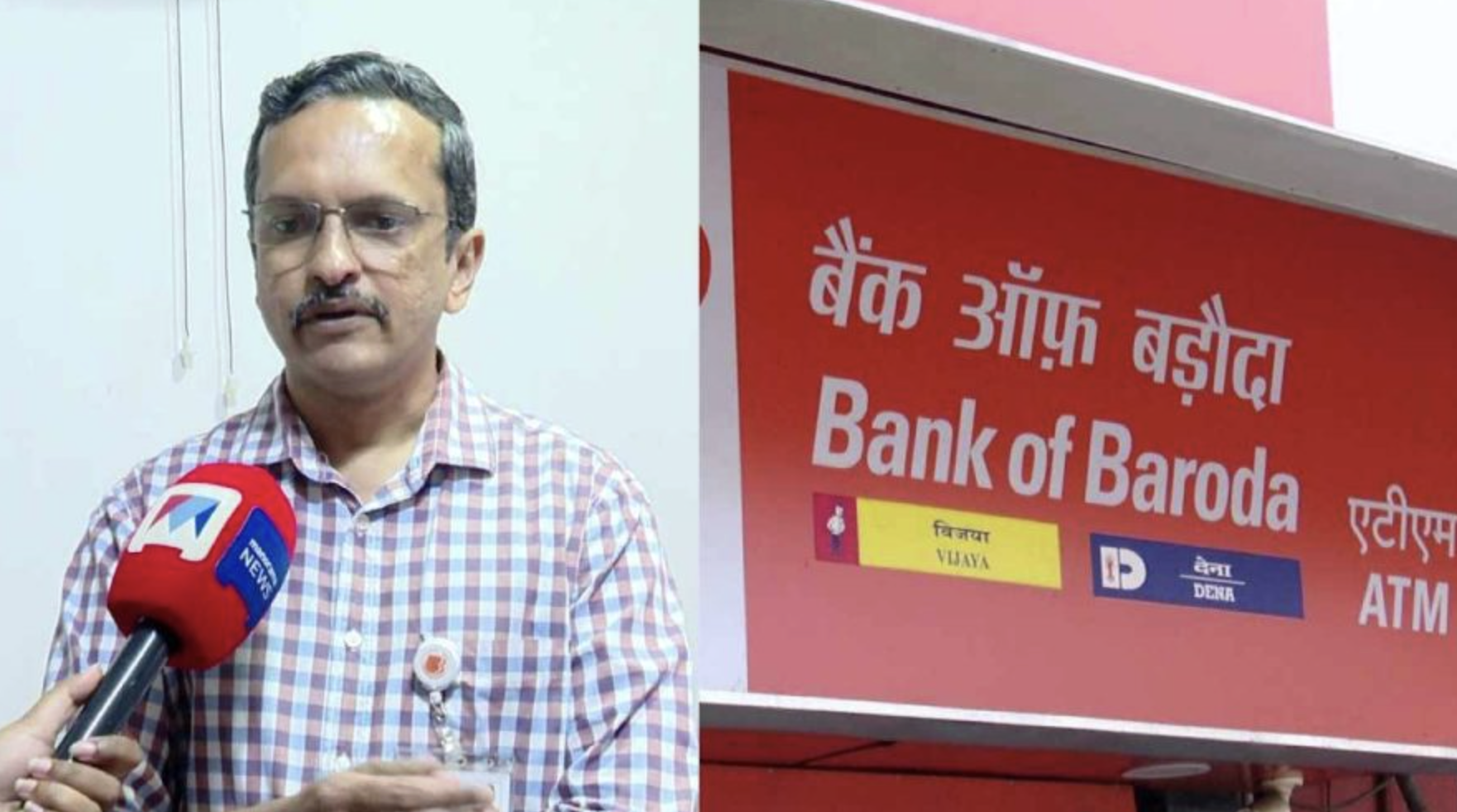The central government is deliberating a significant change to the National Pension System (NPS), proposing to guarantee 50% of the last drawn salary as a pension for its employees. This move aims to address concerns about disparities in pension payouts between the NPS and the Old Pension Scheme (OPS). The decision comes after Finance Minister Nirmala Sitharaman’s announcement last year, leading to the formation of a committee headed by Finance Secretary T V Somanathan to evaluate the implications.

Understanding NPS and OPS
The NPS is a market-linked, defined contribution scheme where employees contribute 10% of their basic salary, and the government contributes 14%. While the NPS offers high returns for those who stay invested for 25-30 years, it does not guarantee a specific pension amount. In contrast, the OPS guarantees a lifelong pension payout of 50% of the last drawn salary, adjusted according to Pay Commission recommendations.
Employee Demands and Government Response
A section of central government employees has been advocating for a guaranteed 50% pension of the last pay drawn for those who serve 25-30 years. Despite ruling out a return to the OPS, the government is now considering offering some form of assurance in the pension payout under the NPS.
Committee Findings and Recommendations
The Somanathan committee has conducted extensive studies, including global practices and economic impact calculations, to understand the feasibility of offering assured returns. The committee suggested that while the government could guarantee a 40-45% payout, guaranteeing 50% was not specifically mentioned. This gap implies that the government would need to step in to fulfill the promise of a 50% payout.
Financial Sustainability and Future Plans
To ensure the financial sustainability of this potential decision, the government is reportedly planning to create a dedicated fund, akin to corporate retirement benefits. This fund would help manage the long-term financial implications of guaranteeing pension payouts. Several rounds of discussions have been held to evaluate different aspects of this decision, aiming to strike a balance between fiscal prudence and employee welfare.













